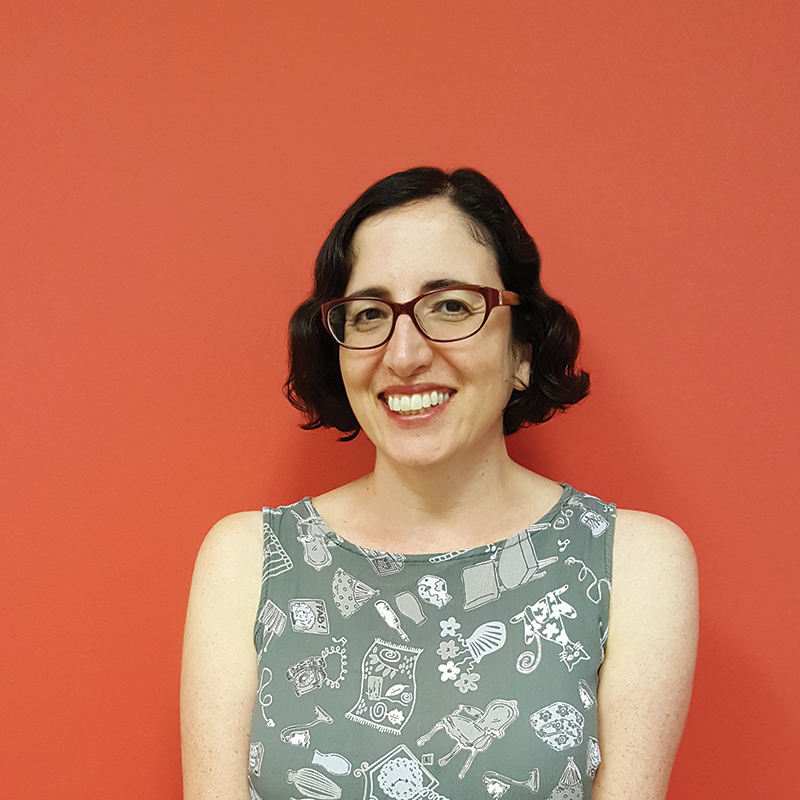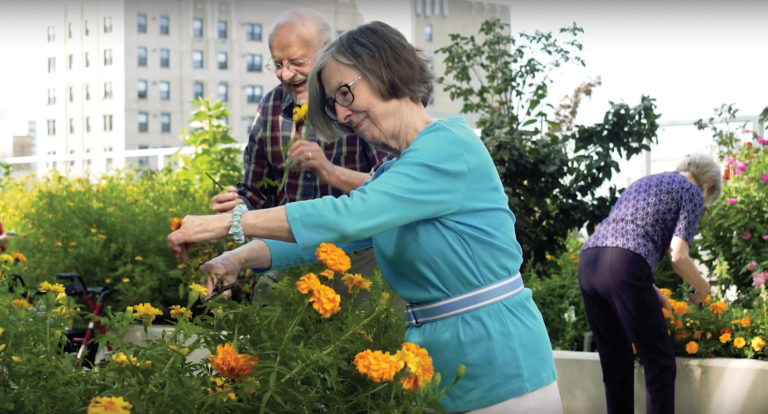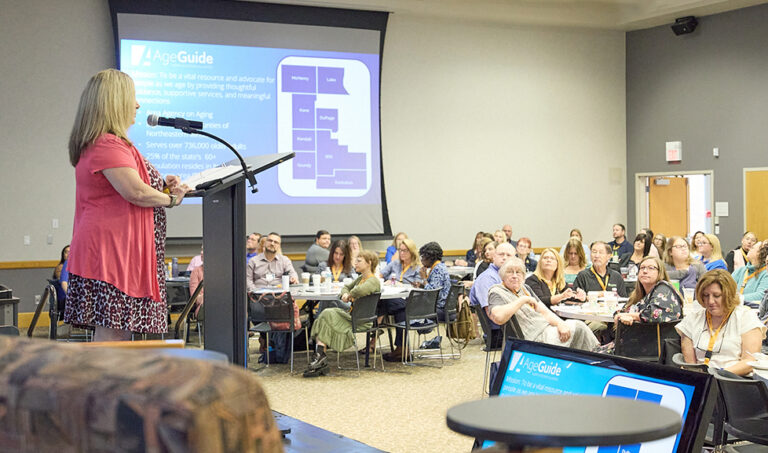
Eve is an award-winning editor and writer. She is the former Editor-in-Chief of Chicago Health magazine and Caregiving magazine, as well as the former Managing Editor of Tribune Media Services. She is a highly skilled communications professional, and has created content for a variety of platforms, including magazines, newspapers, websites, newsletters and nonprofit organizations.
Consider these factors when searching for senior living option
Maybe the home that once housed a growing family is now empty and burdensome. Or living alone is getting too hard and isolating. Or perhaps the idea of having healthcare assistance nearby is appealing.
Many adults make the move to senior living communities while they are healthy, so they can take advantage of the amenities and services while they can fully enjoy them. Others move because of a more pressing need, like memory care or skilled nursing care. Even during the coronavirus pandemic, older adults continue to need specialized care.
But choosing a senior living community can be overwhelming. There’s so much to consider: location, amenities, levels of care and, of course, cost.
Types of communities
The United States has about 23,500 senior housing and nursing care communities, for a total of more than 3 million beds nationally, according to CBRE National Senior Housing. About 43% of communities offer mostly skilled nursing care, 38% offer mostly assisted living, 11% offer mostly independent living and 8% are continuing care retirement communities (CCRCs).
In many senior living communities, you pay for the needs and services as they arise. The costs change — often substantially — based on the level of care.
CCRCs, sometimes known as life plan communities, offer various types of care in one establishment, so you don’t have to move to a different community to receive a higher level of care. Most CCRCs require an entrance fee, which averages about $320,000 nationally but can go up to $1 million, according to the National Investment Center for Seniors Housing and Care. Often (but not always), the entrance fee is partially refundable if the resident moves or dies.
Plus, there are monthly fees. For some CCRC contracts, the monthly fees increase with higher levels of care. Some CCRCs offer life care contracts, which offer a full range of care with fixed pricing; residents pay an entry fee and stable monthly fee that covers housing, amenities and most healthcare services.
Predictable life care rates “protect against the spike in cost of care, as your needs change over time,” says Nadia Geigler, chief executive officer of The Admiral at the Lake, a senior living community in Chicago. Lifecare fees stay the same year after year, with the exception of an inflation adjustment. “It’s the same rate whether they’re in assisted living, memory support or skilled nursing and whether they’re there for two weeks, for two years or for the rest of their life.”
Each community is different, emphasizes Rachael Telleen, director of sales and marketing for Central Baptist Village. An interdenominational community in Norridge open to all faiths, Central Baptist Village is a CCRC that provides the full continuum of care from independent living to memory care and operates on a monthly rental model with a low, one-time community fee.

Finding a fit
With so many options, it can be hard to know which questions to ask and how to find the best fit.
Consider your current lifestyle preferences, says Lynne Lukas, director of sales and marketing at The Clare, a senior living community in downtown Chicago. Look for an enriching community with opportunities that will help you thrive, she says.
“Think about how you view your future,” Lukas says. “What are your interests? Continuing education? Easy access to cultural institutions?”
Start by asking your friends, church members, doctors and nurses for recommendations of senior living communities, Telleen says. “Tour a number of times and attend an event. Have a meal in the community,” she recommends.
Search for an approach that feels comfortable for you, Telleen says. At Central Baptist Village, the mission “heart to serve” means “management and staff serve with heart, striving to make each resident feel safe, special and valued.”
Consider what your needs are now and what they might be in the future, along with your values. “It’s not just meeting someone’s healthcare needs,
but it’s also meeting the needs of each individual as a full person,” Geigler says.
Finding support
Think about the best-case scenario of living independently, as well as the worst-case scenario such as illness, unavailability of a private caregiver or loss of a spouse.
“Ask the community if it provides a full continuum of care on-site,” Lukas says. “If it does not, what will your plan be when you need future care? Where will you go? Will there be availability? What will the cost be?”
Telleen echoes: “Do you want to age in place? Would you want to have to move when you may need a higher level of care?”
Designed to allow residents to age in place, CCRCs can be a good option for couples, because both individuals can stay in the same community (although possibly in different areas in the community) even if one needs a higher level of care.
“The neighbor from down the hall or from chorus or the garden group can easily pay a visit and offer support,” Geigler says. “It takes away a whole lot of work and uncertainty from something that already requires so much work and comes with so much uncertainty.”
With so many options, start researching early to find the senior living community that works for you in terms of culture, cost and services. The goal is to find a community that is just that — a community to support you throughout life’s transitions.
Glossary
Assisted living. Caregivers assist residents with daily living activities, such as getting dressed, managing medication and coordinating with outside healthcare providers.
Continuing care retirement community (CCRC). The organization provides the full continuum of care, from independent living through skilled nursing or memory care.
Independent living. Residents can enjoy maintenance-free living, dining facilities, social activities, excursions and recreational programs.
Lifecare. A type of CCRC contract that offers the full continuum of care with set monthly costs. Residents typically need to enter the community in independent living, and then they’re guaranteed space and care throughout their life.
Memory care. Communities offer specialized programming and dementia-friendly, secure environments for those with Alzheimer’s disease and dementia.
Skilled nursing. Medical staff provides healthcare services, such as short-term rehab and long-term ongoing care, such as nurses, speech pathologists, and physical and occupational therapists.











